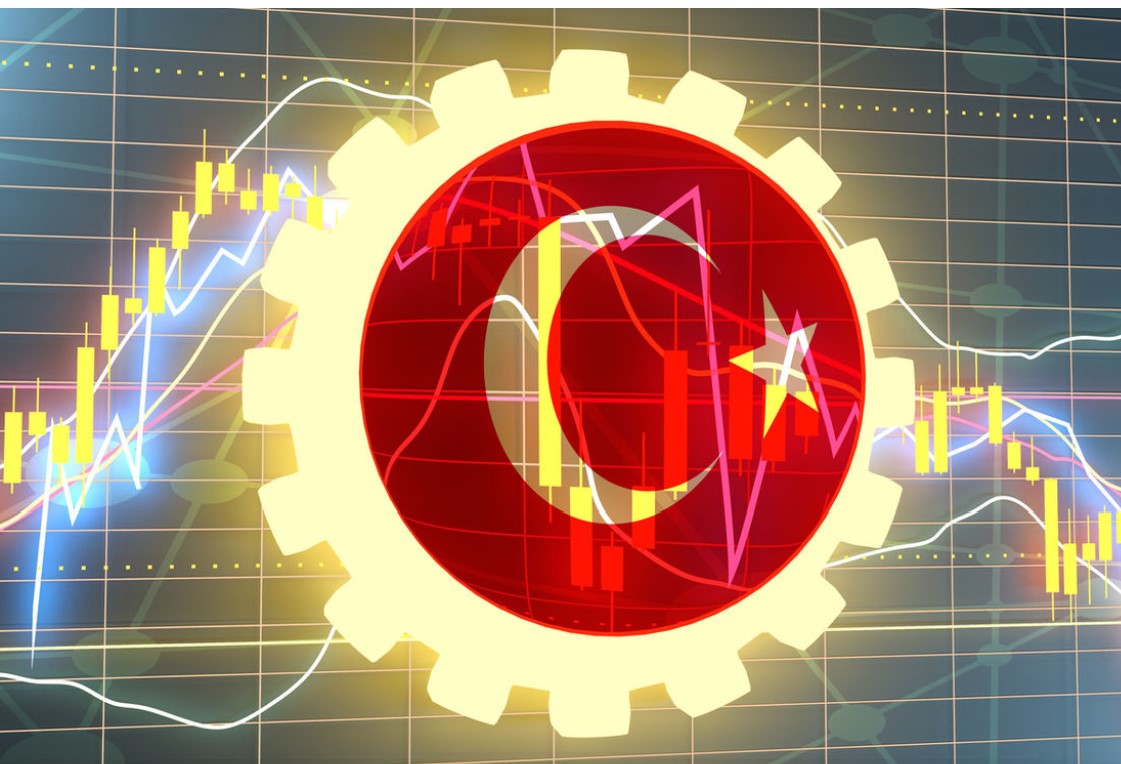Manufacturing PMI was 52.5 (Prior: 54.1) in September and 53.5 in (2Q21: 50,3, 3Q21: 54,7).
Production and new orders increased for the 4th month in a row. Employment and purchasing activities continued to improve. Backlogs increased for the first time since July 2022. Input stocks recorded the highest increase in last 4 years due to safety purchases of firms against supply chain interruptions. Delivery periods continued to extend. Inflationary pressures sustained, especially on input costs.
In September, non-metallic mineral products, land & sea vehicles and food products’ PMI indicated a contraction whereas the highest recovery trend were seen on clothing & leather products, machinery & metal products and basic metals’ PMI.
Production of food products contracted after 4 months. Despite export orders continued to increase, new orders dropped. Cost-side pressures continued and this condition was reflected to sale prices.
New orders in textile sector remained stable after 5-month of slowdown. Production kept upward trend. Input costs hit the highest level of 7 months.
Production and new orders continued to increase in clothing and leather sector. Employment gains were seen for the first time since January.
Production in the wood and paper products recorded the fourth monthly increase in a row. New orders reached to expansionary area for the first time in last 1 year thanks to the support from export orders.
Prices of inputs and final products in chemicals, plastics and rubber sector continued to record sharp increases due to the interruptions on supply chains. Despite new orders continued gained momentum, production recorded a moderate increase.
Production volume in non-metallic products sector has been dropping since March. This condition stemmed from the decrease in new orders despite the improvement on export orders. The highest increase on the input costs was seen this sector as was in last month.
Employment in basic metals sector increased strongly. Backlogs decreased as the capacity expanded. Robust performance of production and new orders continue.
Delivery periods of the suppliers in machinery and metal products sector continued to extend remarkably. Firms increased their purchasing activities in order to avoid from the lags in the deliveries. Production, new orders and employment continued to increase.
New orders and production in electrical & electronic equipment sector increased after 3 months. However, 6-month long recovery trend on the employment halted. Both input and final product prices increased remarkably. Also, delivery periods of the suppliers
continued to extend.
Production and new orders in land & sea vehicles sector decreased after the sharp increase in the previous month. On the other, employment continued to rise. Difficulties on the supply chains continued to lead inflationary pressures.
In September, Real Sector Confidence Index (RSCI) continued to stay at the optimistic area for 14th month in a row.
Manufacturing PMI indicate that the YoY IP could continue to stay at positive levels in Q3.
Leading indicators continued to give positive signs despite some momentum loss for the ecoomic activity in 3Q21.
BIST-100 Index and BIST Industry Index lost 4.5% and 3.5%, respectively whereas the manufacturing PMI lost momentum despite it continued to stay above of the critical value of 50.
Manufacturing PMI in developed countries and Turkey lost momentum in September. On the other hand, recovery trend in Asian countries deserved attention.
Y. F. Securities Research
